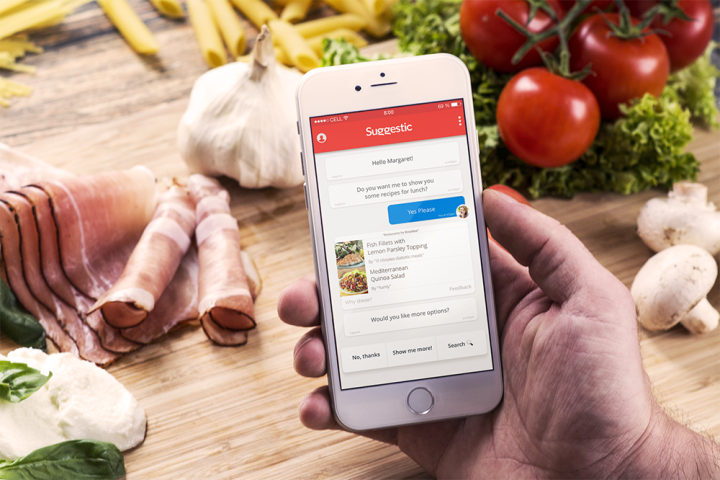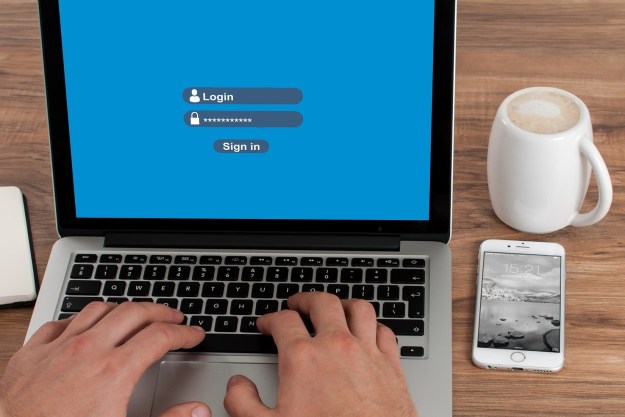
Even if you don’t have the willpower to stick to your culinary resolutions, a new app may be able to help. Meet Suggestic, which wants to help you keep your promises to yourself when it comes to food. By leveraging artificial intelligence, Suggestic will make recommendations that accommodate your lifestyle, rather than forcing you to change your habits to meet your new goals. Simply define your goals, choose your base diet, and add your preferences and restrictions, and you’ll get a personalized diet plan on your phone.
The app will send its suggestions for affordable and readily available restaurant menu items, as well as provide access to more than a million recipes. Rather than making a diet seem like an inconvenience, the app is aimed at making it a constant process of discovery — whether it’s a new hot spot on the town or a new dish to try at home, you’ll be able to find something that works for you.
The key to Suggestic, the app notes on its website, is its emphasis upon what you can and should eat, rather than what you can’t or shouldn’t. “We have built Suggestic to help you navigate a plan created around your specific needs,” Suggestic founder Shai Rosen told Medical Daily. “We want to remove the stress and complications of following a lifestyle program by giving you actionable suggestions at the right moment and in the right place.”
As you increasingly use Suggestic, its suggestions also become increasingly personalized, allowing you to customize a meal plan that you actually want to stick to. Augmented reality could soon be integrated into the app, which will allow you to simply point your phone at a menu and instantly determine what fits within your goals.
Editors' Recommendations
- Want to design your own smartphone? Thanks to Nothing, now you can
- Xiaomi’s newest wearables may make you want to ditch your Apple Watch
- Here’s why scientists really want you to clean your smartwatch
- Expedia wants you to plan your next vacation with ChatGPT
- Want to turn your iPhone into a Galaxy S23? This app is for you


